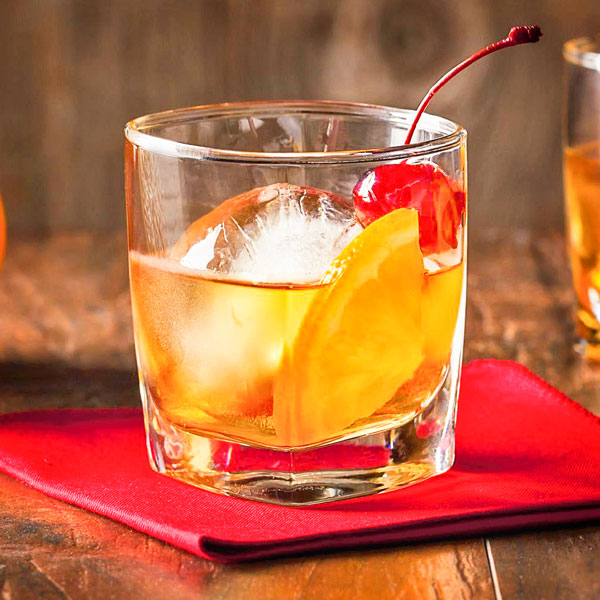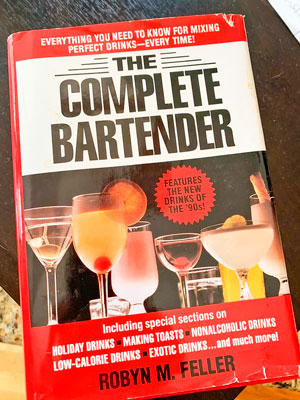The return of the cocktail hour
By Lisa Nicklanovich; courtesy photos

When you get right down to it, the bourbon Old Fashioned is little more than a slug of whiskey, seasoned and sweetened.
The cocktail hour was an institution after Prohibition when alcohol became legal again. We can all picture men in the 1950s coming home from a long day at work to a waiting Manhattan or a martini to signify the transition from work to home.
In recent years, 5 p.m. seems more like the middle of the day, not the end. The workday has gotten progressively longer, and shuttling kids around to activities and more demanding itineraries have us running around until well past sunset. The cocktail hour was replaced with busy schedules – unless, of course, you were watching “Mad Men” reruns.
Now, with more people working from home, it has become difficult to differentiate the weekdays from the weekend, let alone mark the end of the workday. I know of a friend who closes his laptop, walks outside, then reenters his home as if he was coming home from work. With increased attempts to signify the end of the workday and more leisure time available to many, the cocktail hour is definitely making a comeback.
Home mixology has once again become something to experiment with. Zoom happy hours include traditional classics and creative new cocktails, and bar sets complete with shakers, jigger tools and stirring spoons are bestsellers on Amazon.
My husband recently made a bourbon Old Fashioned. For the recipe, he referred to a 30-year-old book titled The Complete Bartender by Robyn M. Feller we had on our bookshelf at home. While he crafted his cocktail, I perused the book’s yellowing pages.
I learned all bourbon is whiskey, but not all whiskey is bourbon. Whiskey is a spirit distilled from fermented grain mash, which could include wheat, rye, barley and corn, and then aged in wooden barrels. Whiskey is made all over the world and there are many popular styles, including Scotch whisky (no “e”), Irish whiskey, and American whiskey. The most popular form of American whiskey is bourbon, which has its own specific requirements to be called bourbon – primarily that it be made from a grain mixture that is at least 51% corn and aged in new, charred oak containers.
There are a variety of cocktails that call for whiskey, but straight whiskey can be enjoyed “on the rocks” with whiskey stones or large ice cubes or “neat” with no ice at all.
Whiskey stones – cubes of soapstone or metal that are stored in the freezer and used to chill drinks – do not dilute the beverage, but large often spherical ice cubes cool the whiskey and absorb some of the heat, mellowing the drink as the ice melts.
For the serving size, whiskey is measured in “fingers.” Simply place your finger at the base of the outside of the glass to measure a finger’s width. For example, if you were to order two fingers of whiskey, you would end up with roughly enough in your glass to reach the top of two adult-sized finger widths.
The strength of whiskey, as with most alcohol, is measured by “proof.” While the lowest legally-allowed alcohol level for bourbon is 80 proof and many releases are less than 100 proof, barrel-proof or cask-strength bourbon is typically in the range of 110 proof and higher.
The shape of glass you drink from can affect your experience as well. Common glass styles include the tulip, snifter, Glencairn, neat, rocks and highball – with rocks being the most common for drinking whiskey straight and highball for whiskey cocktails.
This Father’s Day, channel your inner Don Draper and pour yourself a rye or whip up a bourbon cocktail. There are drinks with names like Love Letters, The Libertine, Casanova and The Optimist, and the ever-popular Whiskey Sour, garnished with an orange slice and maraschino cherry.
